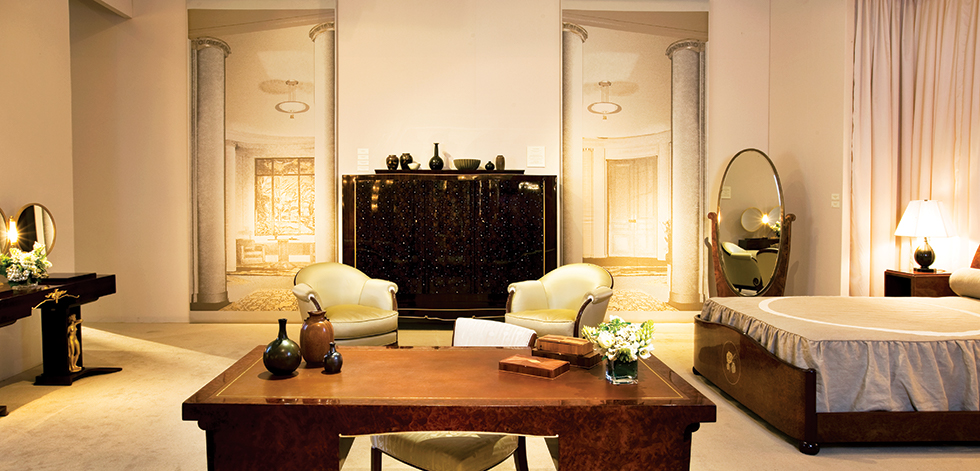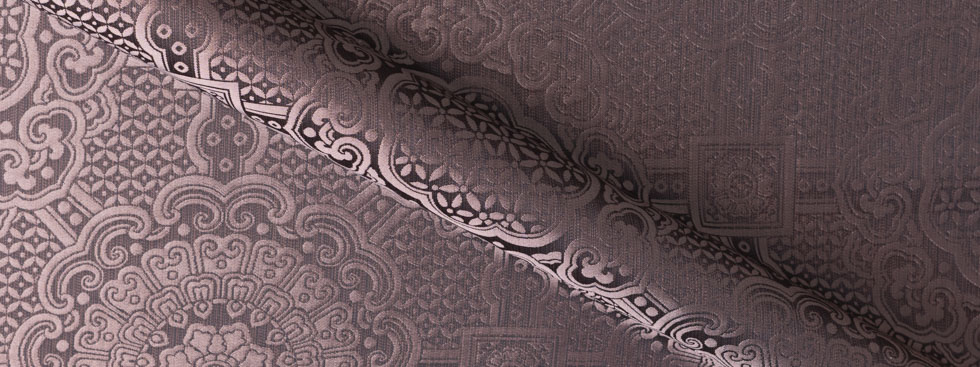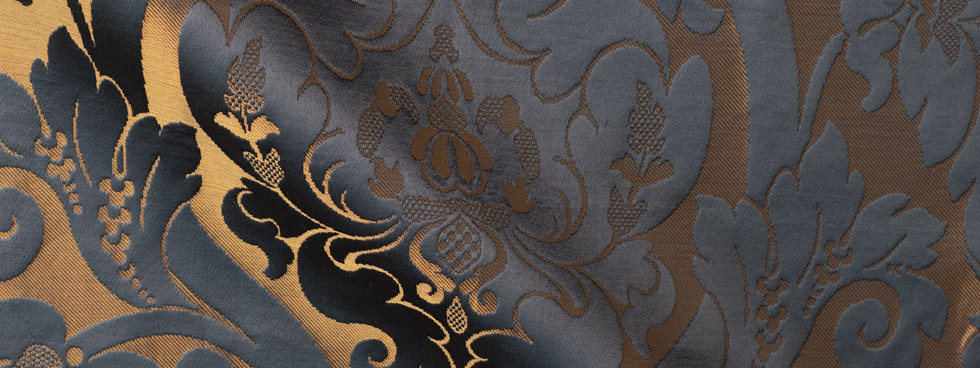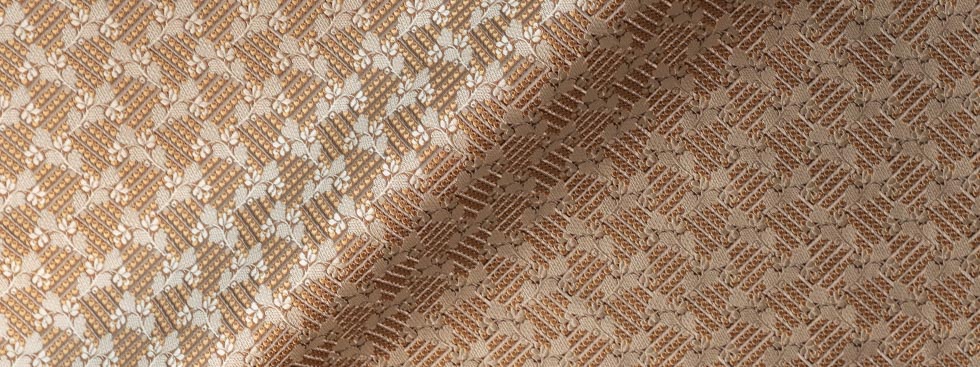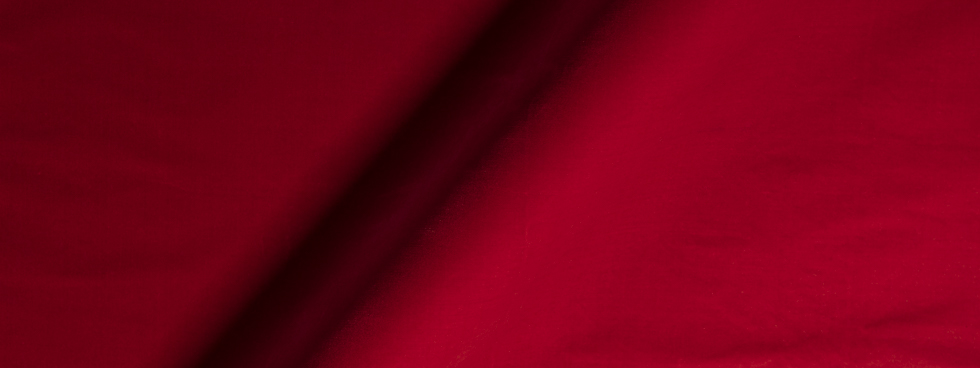Our custom orders
One of the great strengths of the factory is to have Prelle always ready internally, a cabinet de dessin or a "studio design" extending the tradition that formerly silk companies were run by an association between a manufacturer weaver and designer.
If the focus of the design is now simplified by the use of softwares, however it requires long and meticulous work to resume on the screen Overlap of each threads and refine forms to arrive at an interpretation of pattern. Today, the role of textile designer has expanded considerably since also finishing the drawing, he controls the mapping, the choice of colors, the supervision of weaving trials on one of four looms dedicated to this effect and finally put into production.
These centralized skills allow the manufacture Prelle to offer creative, architects, decorators, designers, assistance very sharp in both the creation of new designs that adaptation of old documents to modern weaving tools.
Weaving techniques
- Damask : Silk fabric with a satin background and a motif created by the weave structure, playing with mat and shiny effects.
-
Figured cloth (Toile Façonnée): Thick fabrics, making use of remaining silk threads or heavy fibers such as linen, hemp or even mohair.
-
Lampas: Rich silk fabric where the motif is made with several weft threads and two warps to bind them.
-
Brocatelle: Silk fabric, using linen, in order to have a motif in relief, made by the warp and a background made by the weft.
-
Moire : Silk fabric having gone through a treatment of calendering, crushing the fabric to create irregular strings forming a design.
-
Droguet : Silk fabric of the XVIIIe century with a small repeat, usually used for men's jackets and clothes.
-
Broché : Handmade silk fabric in which several wefts are passed only where the design intervenes in the fabric, allowing the fabric to have many more colours than mechanical weaving looms.
-
Velours ciselé: Handwoven silk velvet whose pattern is formed with several warps by a cut and uncut pile where the cut pile is higher than the uncut one.
-
Plain velvet: Silk velvet made of cut pile. Our silk velvet is entirely made of silk and is in a 65cm width.
- Warp Print: Unique technique creating a unique effect of transparency on a silk taffetas fabric. After weaving a loose fabric, easing the printing process, it is hand printed with screens, sometimes up to 28 screens depending on the complexity of the design. Once all the colours are printed, the weft thread is being removed by hand and the warp is re-installed on the loom to be woven a second time, more densely, to create the final fabric. Prelle produces the first loose fabric, and it is then sent in Switzerland to our Swiss partner Mitloedi Textildruck AG, which does screen printing traditionally. The détissage technique is done at Prelle as well as the final weave.
